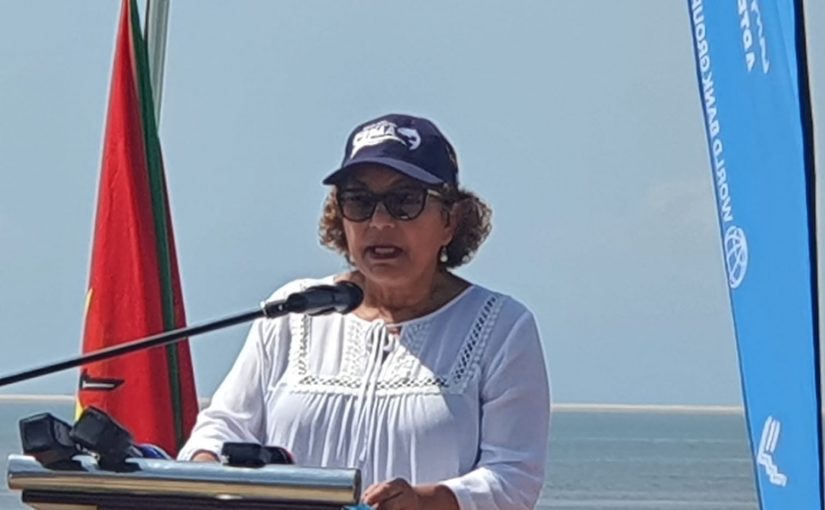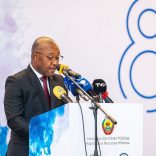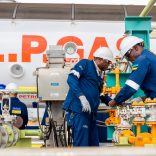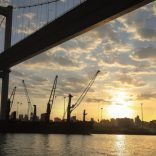Mozambique: Minister Muhate strengthens strategic partnerships in Geneva
Mozambique: Artisanal fishing and aquaculture census launched

Photo: Ministério do Mar, Águas Interiores e Pescas
The Ministry of Sea, Inland Waters and Fisheries (MIMAIP) launched in Maputo this Friday the Census of Artisanal Fishing and Aquaculture.
The census seeks to update and improve artisanal fishing statistics, in order to make the Government action more incisive in what are the current challenges of this sub-sector.
This exercise will also allow the government to produce updated statistics on the structure of artisanal fishing and aquaculture in the country and ensure adequate planning, management and, above all, ensure sustainable fishing and aquaculture.
Starting next Monday (3), the Census it expected to be completed by the 1st November.
According to the Minister of Sea, Inland Waters and Fisheries, Lídia Cardoso, the census will allow to identify the needs of the main actors of this subsector, regarding development of fishing and aquaculture and contribute to the design of best fishing and aquaculture policies and strategies for Mozambique.
“On one hand this is a national movement, required and of extreme importance to update the sector’s statistics and, on the other, allow better planning for the definition of intervention strategies to promote Mozambique’s development,” explained the minister.
According to Cardoso artisanal fishing is the one that stands out the most among all methods, including industrial, semi-industrial and recreational and sports,.
Fishing in Mozambique, announced the minister, involves around 400,000 people, including fishermen, processors, traders, carpenters and marine mechanics, among others, whose contribution accounts for 90 percent of the total catch.
Concerning aquaculture, although the country is progressively moving towards commercial aquaculture production, recent estimates indicate that it involves around 8,500 producers, mostly from the family and small-scale subsector, grouped into associations.
“Unfortunately, the growth of artisanal fishing and aquaculture was not followed by data collection”, she lamented.
Therefore there are no reliable data indicating the exact number, methods and types of existing aquaculture units, the number of support infrastructures for artisanal fishing and aquaculture and other actors and enterprises that integrate the artisanal fishing and aquaculture production chain.
Hence, the minister calls for massive and spontaneous involvement of fishermen and aquaculturists by coming to the Fisheries Community Councils, and other selected venues where the census is taking place.
There are 164 trained census officers to carry out this exercise across the country.












Leave a Reply
Be the First to Comment!
You must be logged in to post a comment.
You must be logged in to post a comment.